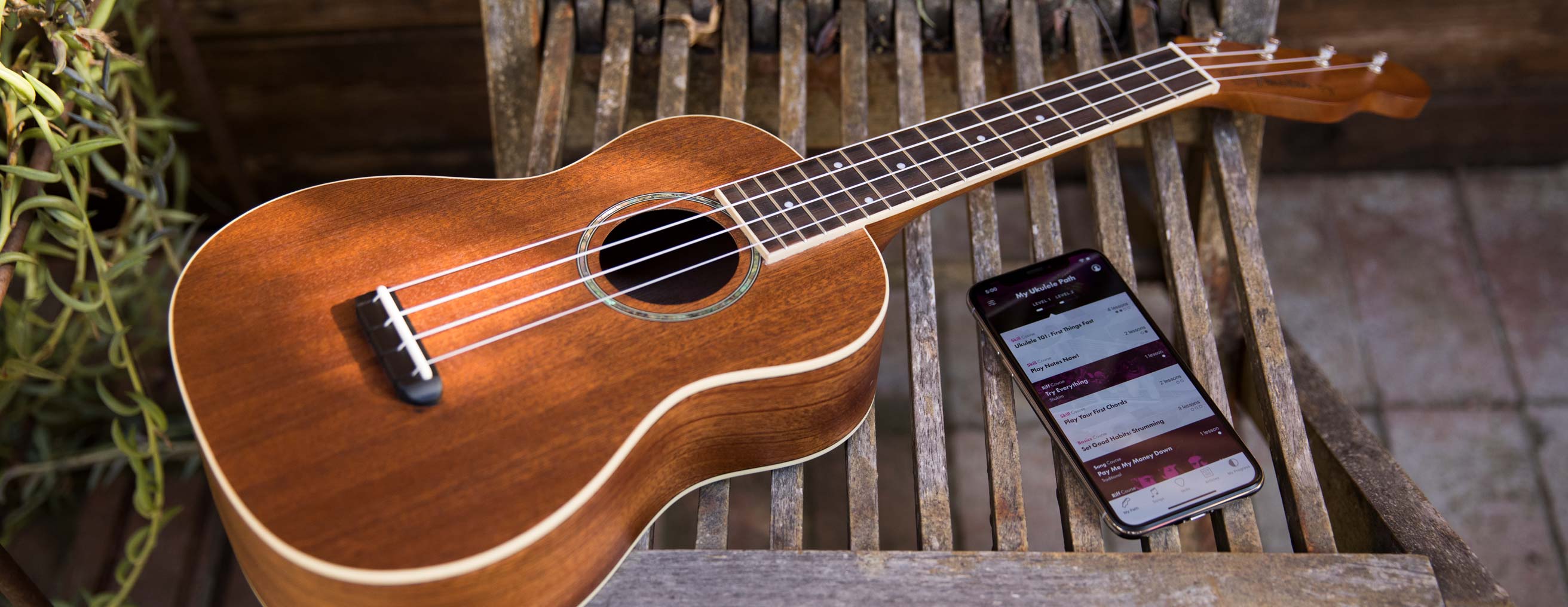Ukulele Chord Changes - How To Smooth
Ukulele Chord Changes - How To Smooth
Blog Article

I'm sure you can all remember the shrill or the beautiful notes from the recorder and the screeches of waxed horsetail on those violin strings, lest we never forget. Were those the only instruments that we could learn in school? I remember my times in the recorder orchestra being accompanied by a couple of Violins - I was so proud at the time - I only recently discovered how "interesting" it sounded when I was dragged by my sister to my nephews first concert. I'm so glad I took the ear plugs.
The Ukulele for sale in uk music does not only consist of notes and chords. Rhythm is also needed which is created by hitting repeatedly on the strings on a regular basis. There are several rhythm patterns in ukulele such as single - hitting downwards, double - one downwards one upwards - and single and double rhythm - one measure single, one measure double rhythms.
The first benefit of learning ukulele is its size. Many small children struggle with larger instruments such as guitar. While guitars can be purchased in sizes as small as a quarter of the size of a regular-sized guitar, they are often still too big for kids who are 5-10 years old. Ukulele, on the other hand, is small enough to be handled easily by someone in this age range. The body of the instrument is small and easy to hold. The neck is also thin with narrow frets, which makes it easy to play basic chords.
At this stage, knowing some chord theory is useful. Learning the harmonized major scale will mean you can quickly assess whether a chord is likely to be major, minor, seventh etc.
He calls a Ukulele an instrument of peace. I'm not sure why but when you listen to him you can't turn your ear away. You become mesmerized. You fall in love.
Fsus2 is a very jazzy sounding chord, so you have to be quite careful how you use it. It is played by putting Ukulele for sale your index finger on the first fret of the E string. The best way to use it is to switch between F and Fsus2 whilst playing. This is a trick that Zack Condon of Beirut often uses.
This gives the tenor ukulele more the feel of a guitar (the tuning of a low-G tenor ukulele is the same as the top four strings of a guitar capoed at the fifth fret). It gives Ukulele the ukulele more options for playing bass notes: which can be very helpful when you are playing solo and need to provide your own bass line accompaniment.
Most people find that when they attempt to add this extra note to the chord for the first time it sends the barre off and the notes aren't ringing clearly again. Try changing your hand around until everything is back again.